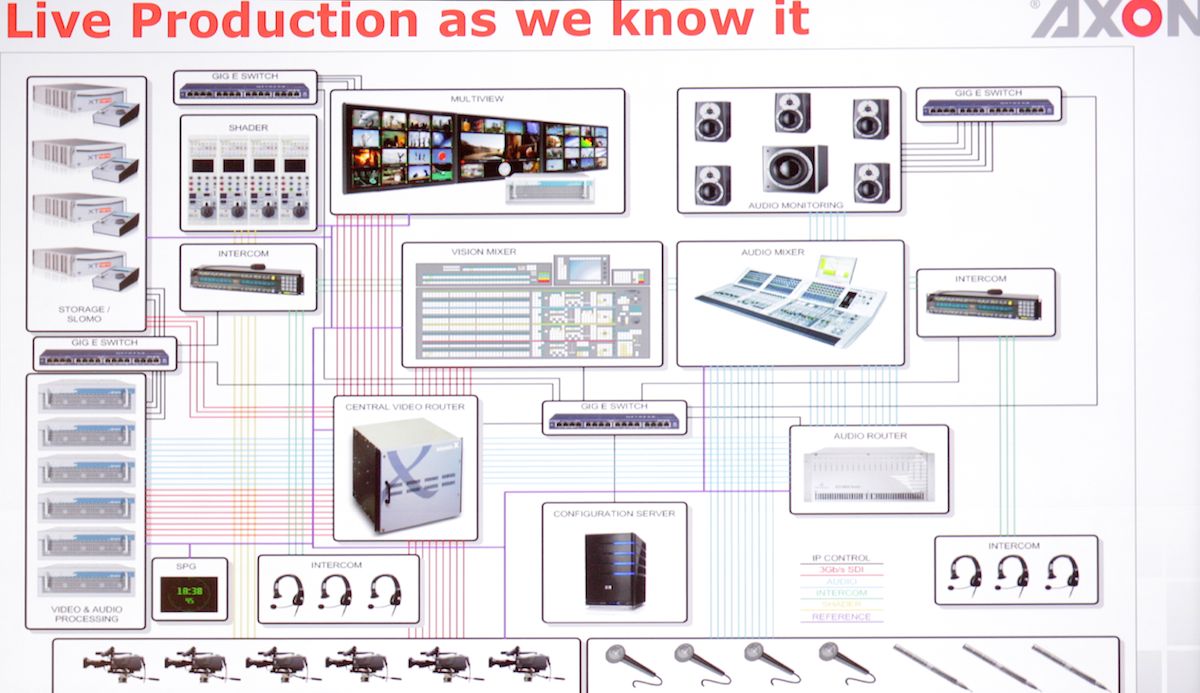
HPA Tech Retreat 2014 – Day 4
The HPA Tech Retreat is an annual gathering where film and TV industry folks discuss all manner of technical and business issues. I’m taking notes during the sessions and posting…

The HPA Tech Retreat is an annual gathering where film and TV industry folks discuss all manner of technical and business issues. I’m taking notes during the sessions and posting…
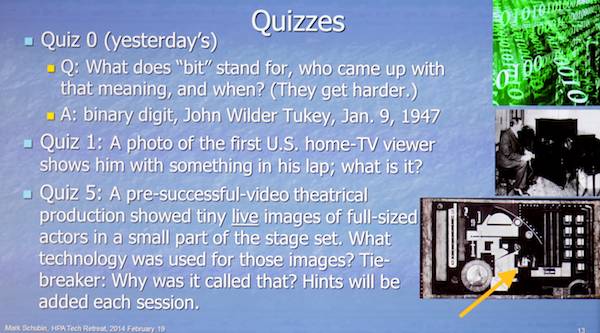
The HPA Tech Retreat is an annual gathering where film and TV industry folks discuss all manner of technical and business issues. It’s the sort of conference where the chap…
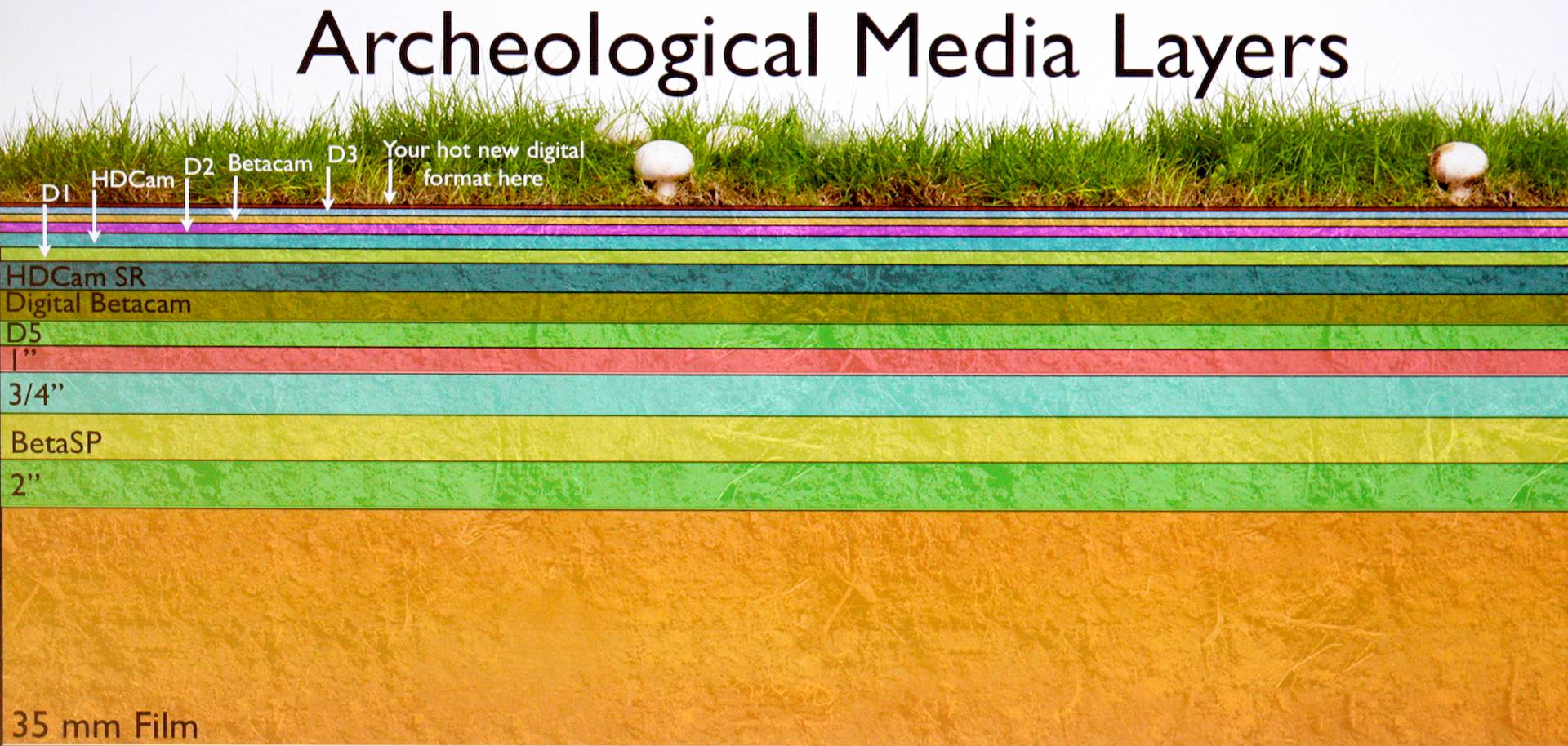
The HPA Tech Retreat is an annual gathering where film and TV industry folks discuss all manner of technical and business issues. The first full day is a “supersession”; this…
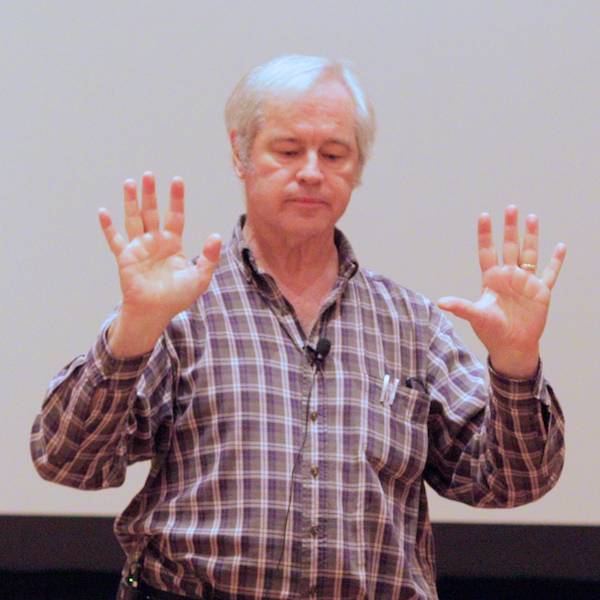
The HPA Tech Retreat is an annual gathering in the desert east of Los Angeles (in a posh resort, mind you; it’s not like we’re out sitting in the hot…

The annual Consumer Electronics Show, held early in January each year in Las Vegas, is an event I try to attend about every other year. The exhibit floor is huge,…

Today’s pop culture is awash in the stuff of comic books. Our biggest movie franchises, video games and television shows are often lifted from the pulp-paper world of Batman, Superman,…

To understand the impact of Comic-Con on the motion picture and television industries, look no further than the 2013 panel discussions from some of the worlds major entertainment content creators.…
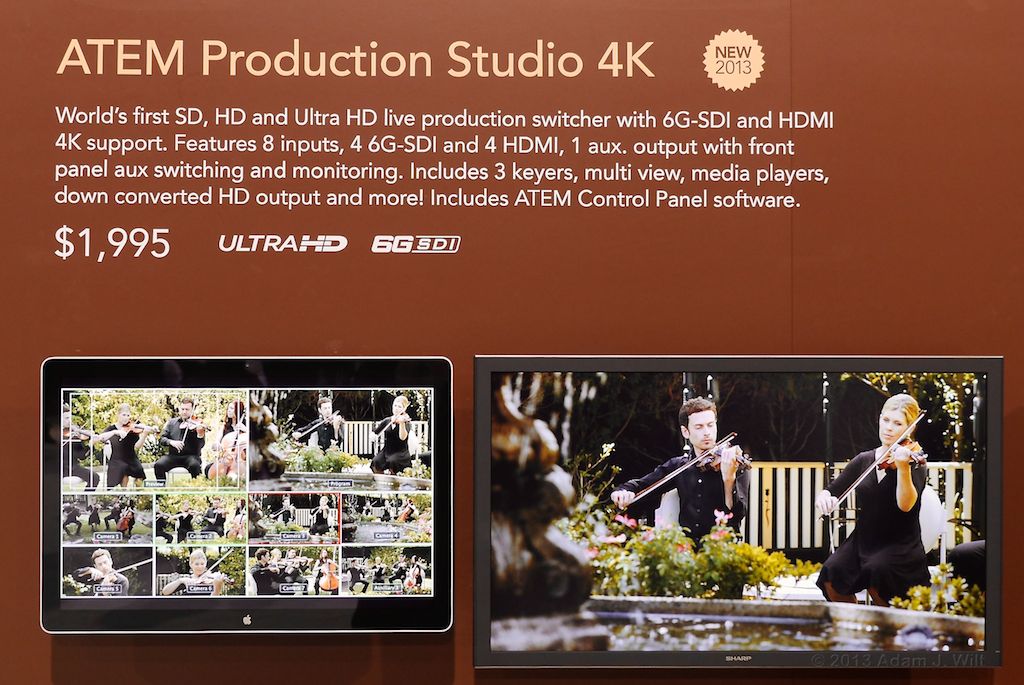
In Ye Olden Days, every part of the production, storage, postproduction, and transmission chain was built around analog hardware following well-defined standards: 3.58 MHz subcarrier, 13.5 MHz digital sampling; format-specific tape decks, NTSC II encoding and OTA transmission. Moving to HD required replacing all of that with something new.
Now? Sensors and displays are hardware, but the stuff in the middle is a string of ones and zeroes. There aren’t hardware vision mixers any more, just T-handles driving encoders that tell DSPs what proportion of channel A to composite with Channel B. A hard drive doesn’t care if it’s storing 720p, 1080i, 1080p or 2160p, or whether the images refresh at 23.98 Hz, 50Hz, or 59.94Hz. You can wrap anything in a broadcast transport stream; it’s just bits.
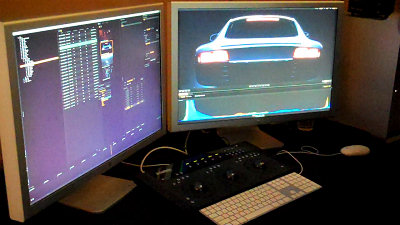
Ergonomically, the new EPIC body weighs in at 5 lbs. The prototypes were lightly rigged with LCD, new REDVOLT battery grips, REDMOTE, and CF modules, to show how adaptable the camera is for a range of fast environments. The lightly rigged EPIC looks like a DSLR on steroids. Jim handed the EPIC across the cocktail table to my new RED-using pal Eythan from Atlanta, saying “You want to hold this, don’t you?” and he later told me excitedly that “it was as easy as holding any camcorder.” RED is currently planning Nikon and Canon EF mounts for EPIC, and with these lighter lenses, the camera will have built an excellent documentary and event camera. You can easily build the camera, including in-camera audio inputs, for around 8 or 9 lbs., depending on the lens.

This year’s NAB conference in Las Vegas showcased the art of stereoscopic 3D (aka S3D) in a big way. Attendees were treated to expositions of the tools required for S3D…